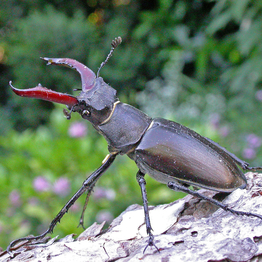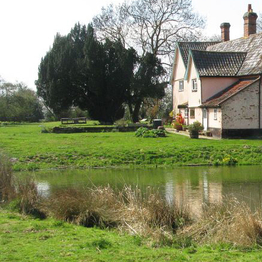Suffolk Biodiversity Action Plan and Planning
The Suffolk Biodiversity Action Plan, which comprises a list of priority species and habitats in the county, is embedded in our local planning policies and they are material considerations in the planning process. The National Planning Policy Framework (NPPF) (Sections 109-125) also sets out the need to ‘conserve and enhance the natural environment’ by minimising impacts and providing net gains to biodiversity; thus contributing to the Government’s commitment to halt the overall decline in biodiversity.
Suffolk Nature Strategy (A 2020 Vision for Suffolk's Natural Environment) 2015 Recommendation 3 for Priority Habitats and Species (page 16) states 'Public bodies and statutory undertakers should ensure that, in exercising their functions, they have access and pay due regard to appropriate ecological evidence and advice so as to ensure that their duties under the relevant legislation are met.'
Dealing with priority species in the planning process
An applicant needs to consider priority species when developing proposals. This flowchart on the right will guide the applicant through the process step by step.
The Suffolk Planning Biodiversity Action Plan (2012) on the right was developed by the Suffolk Biodiversity Planning Group and aims to help Local Authorities and other planning departments to meet their legal obligations toward biodiversity.
How to use the priority species checklist
By clicking on the priority habitat below, you can check which priority species are associated with that habitat. Please note that the lists provide guidance only.
For further information on Suffolk species and habitats contact Suffolk Biodiversity Information Service.
| Planning seminars |
|---|
| Seminar 2021 |
| Seminar 2019 |
| Seminar 2018 |
| Seminar 2017 |
| Seminar 2016 |
| Seminar 2015 |
| Seminar 2014 |
| Seminar 2013 |























